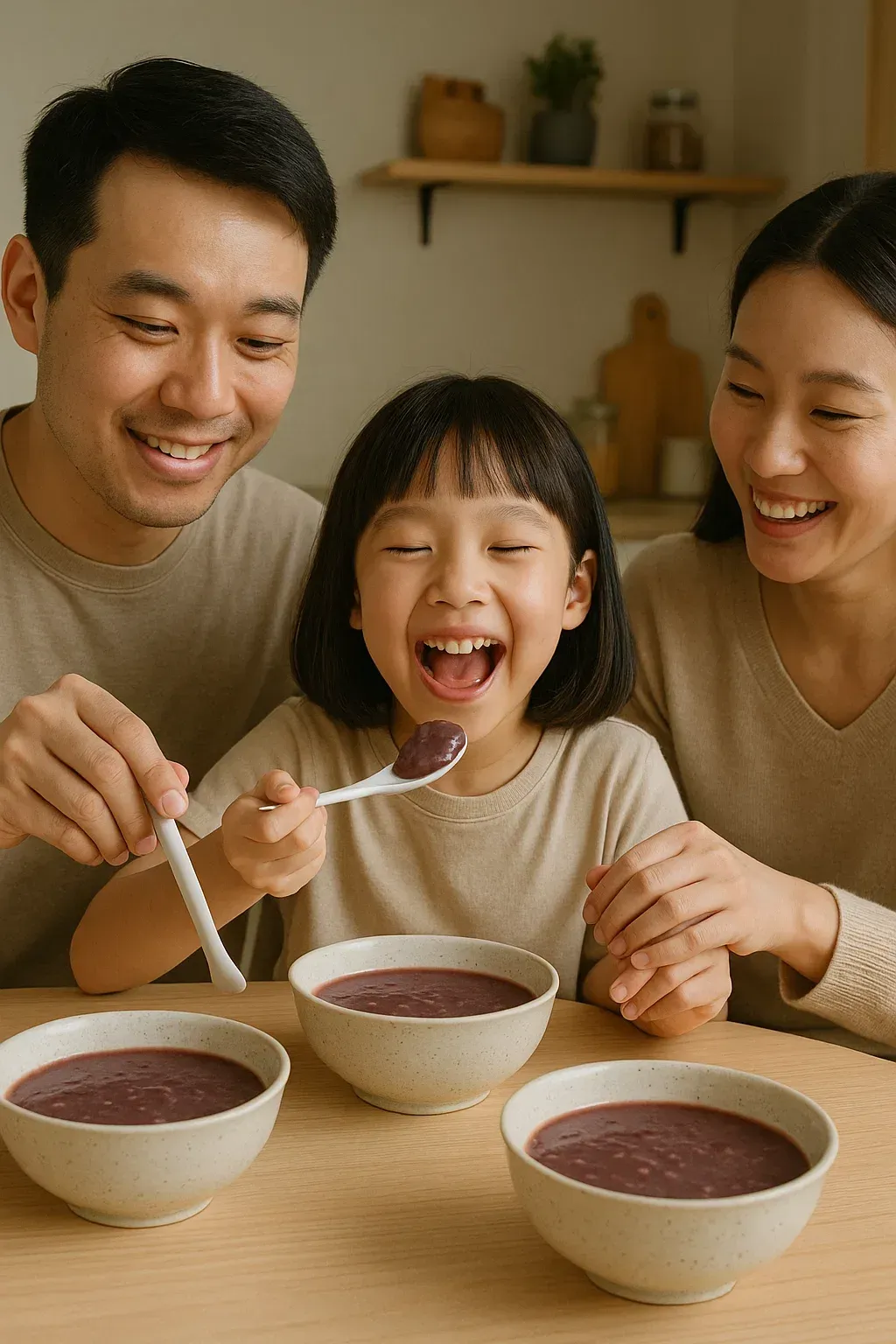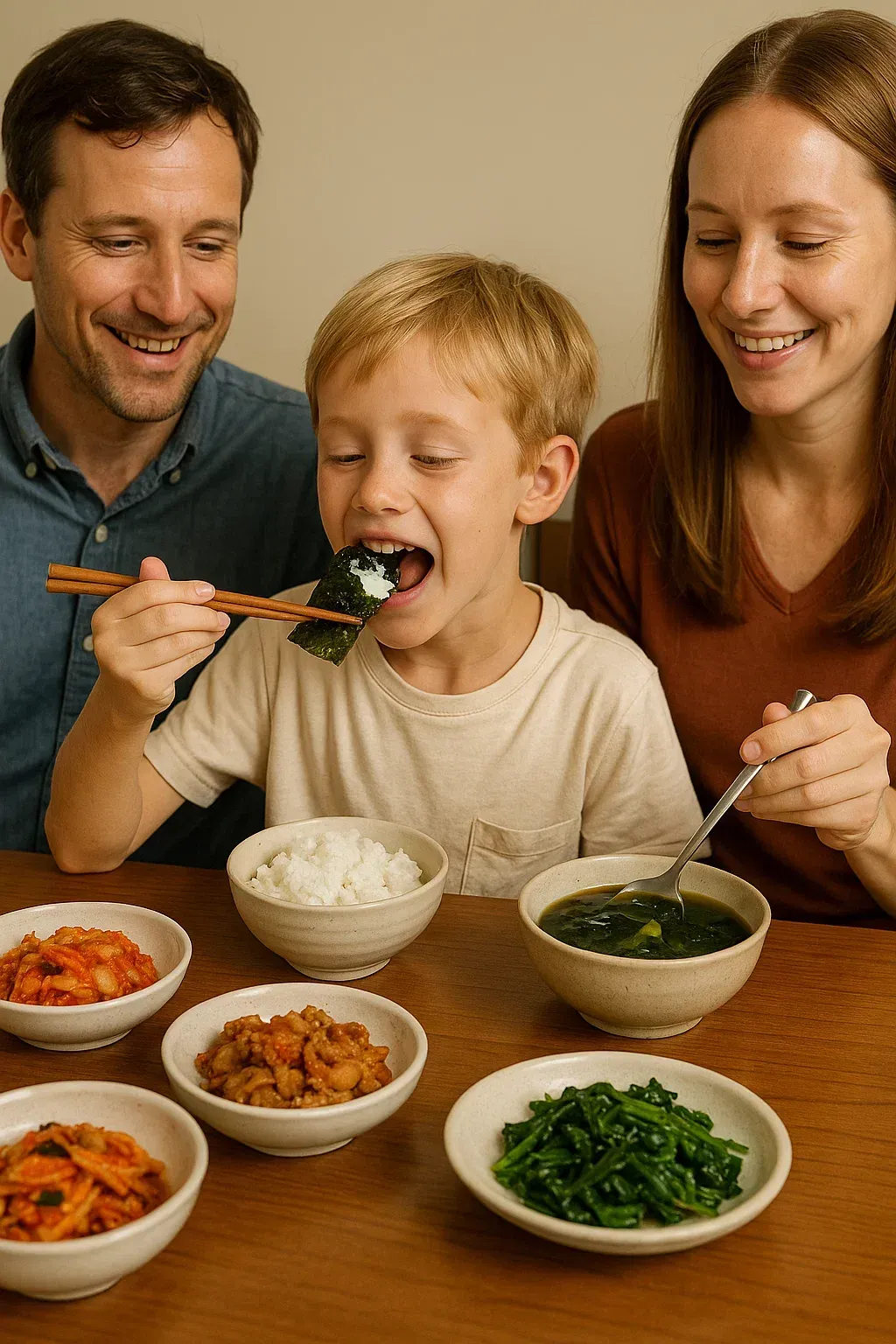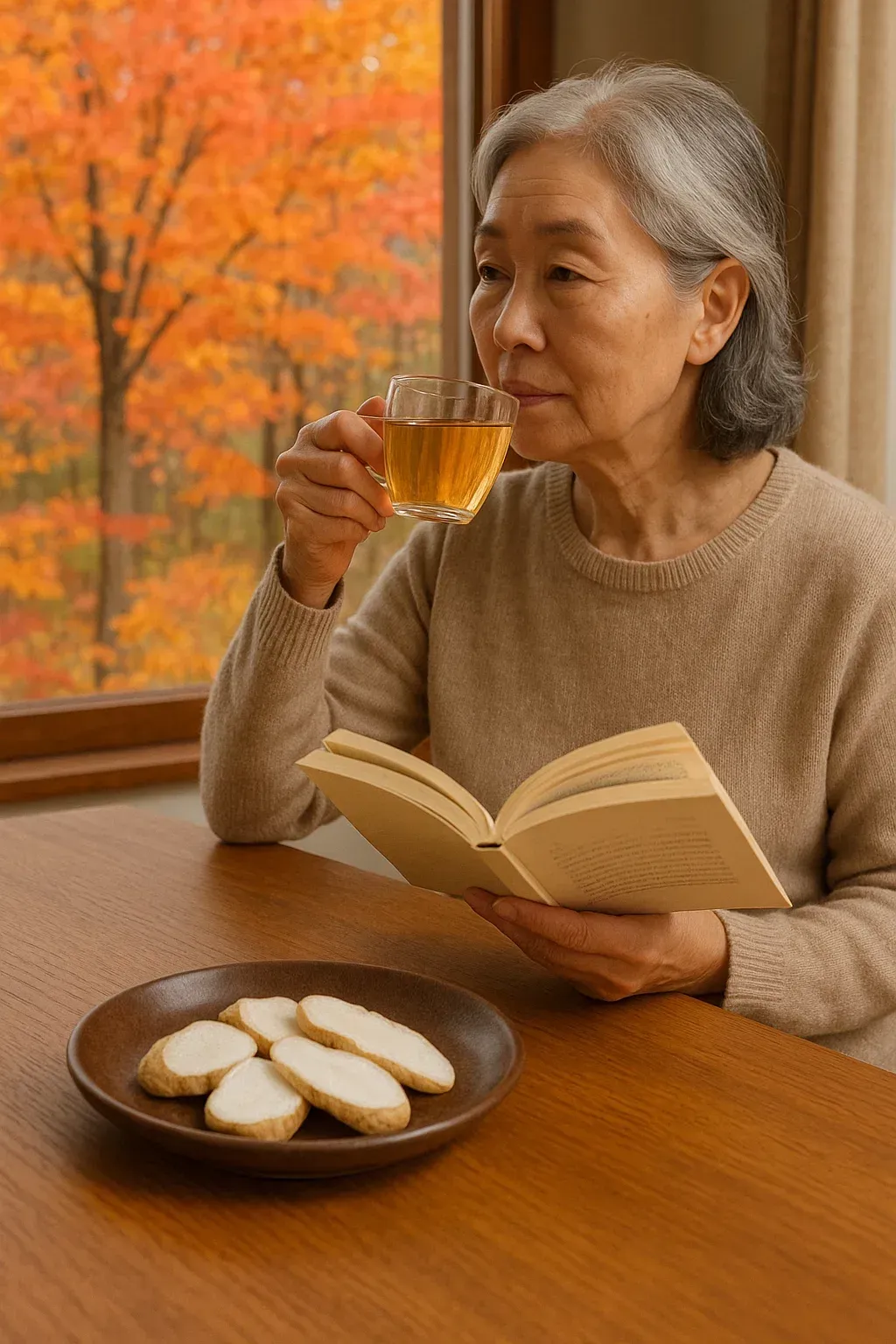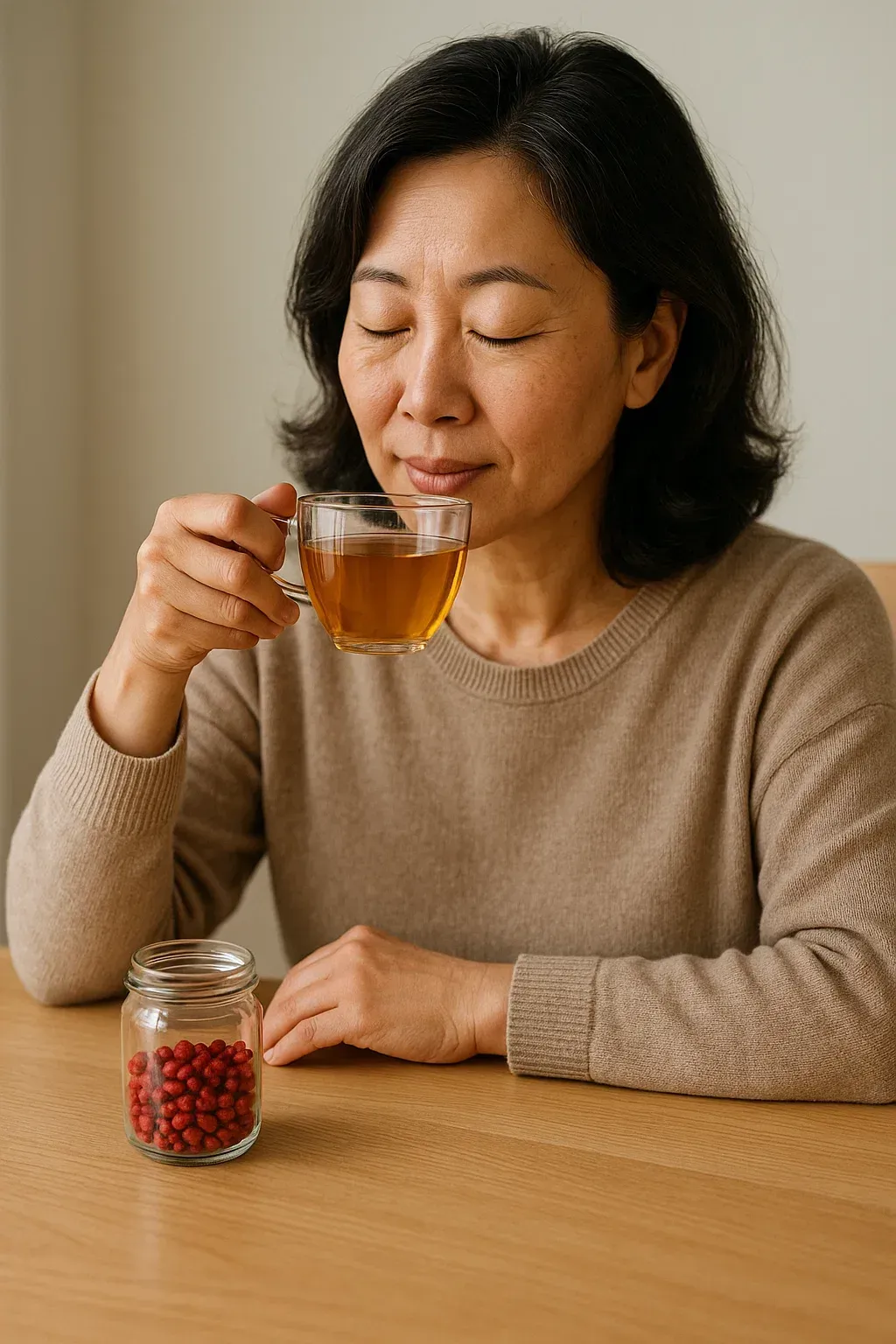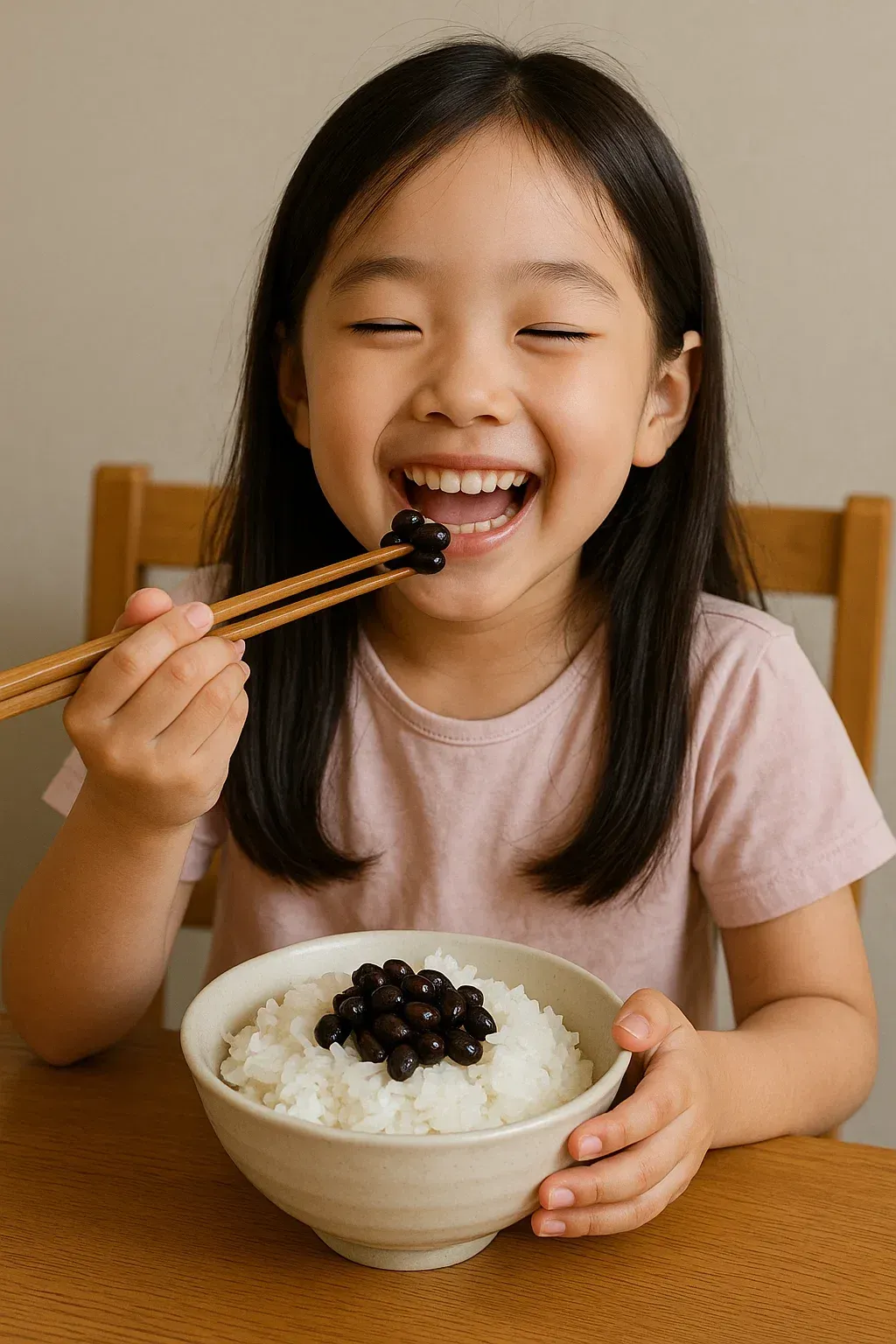Sustaining Vitality: A Wellness Expert's Guide to Chinese Yam (마)
In the pantheon of traditional food-herbs, few ingredients are as highly regarded for their foundational nourishing power as the Chinese Yam, known in Traditional Chinese Medicine (TCM) as Shan Yao (山药). It is revered not for its dramatic, fast-acting effects, but for its gentle, long-term ability to build and stabilize the body's core systems. As a wellness expert, I recognize Shan Yao as an accessible and essential ingredient for supporting sustained energy, digestive harmony, and overall resilience.
The Pillar of the Spleen and Kidney: Understanding Shan Yao
Shan Yao is the dried root of the Dioscorea opposita plant (often called cinnamon yam). In TCM, it is classified as sweet and neutral, primarily targeting the Spleen, Lung, and Kidney meridians. Its key traditional functions are to tonify and benefit the Spleen and Stomach Qi, nourish the Kidney Essence (Jing), and consolidate the Lungs. This broad action makes it a key herb for deficiency syndromes characterized by fatigue, poor digestion, and chronic weakness.
Scientifically, Chinese Yam is rich in easily digestible starches, mucilage (which gives it a sticky texture), polysaccharides, and allantoin (a compound known for its healing properties). It also contains diosgenin, a steroid saponin that is a precursor to various hormones and contributes to its nourishing effects.
The Science-Backed Benefits of Chinese Yam
Modern research supports the traditional reverence for Shan Yao, focusing particularly on its ability to support and stabilize core body functions:
- Strengthening Digestion and Boosting Energy (Spleen Qi): The primary benefit of Shan Yao is its remarkable ability to tonify the Spleen and Stomach. The mucilage helps coat and protect the gastric lining, while the complex starches provide easy-to-assimilate energy. By supporting digestive function, it enhances the body’s ability to extract energy from food, directly combating chronic fatigue and poor appetite associated with digestive weakness.
- Nourishing Kidney Essence (Jing) and Hormone Support: By acting on the Kidney meridian, Shan Yao contributes to the nourishment of the body's fundamental essence (Jing). This effect, supported by the presence of diosgenin, translates scientifically to enhanced vitality, support for hormonal balance, and maintenance of the body’s deep reserves against aging and chronic stress.
- Consolidating and Stabilizing: Unlike herbs that solely build, Shan Yao also possesses a consolidating function. This means it helps the body retain its energy and fluids. This is useful for mild chronic issues like frequent urination, chronic diarrhea, or mild excessive sweating, where the body struggles to hold onto its resources.
- Support for Respiratory Health (Lung): By moistening and gently tonifying the Lung Qi, Shan Yao is traditionally used to address chronic, weak coughs or shortness of breath associated with underlying deficiency, helping to stabilize respiratory function.
Incorporating Shan Yao into Your Longevity Diet
Shan Yao is unique because it functions equally well as a food and a medicine, making it highly accessible:
- Culinary Use (Soups and Porridge): The fresh yam can be cooked and added to soups, stews, or ground into a paste for thickening. It is a staple ingredient in restorative Chinese soups and congee (rice porridge).
- Powdered Form: Dried and pulverized Shan Yao powder can be mixed into warm water, yogurt, or smoothies for an easy daily supplement that supports digestion.
- Steamed: Simple, steamed fresh yam slices are a highly digestible and nourishing side dish.
Important Cautions: While generally very safe, the fresh, raw yam can sometimes cause temporary skin irritation (itching) due to calcium oxalate crystals; this effect is neutralized by cooking. Individuals with significant internal stagnation or acute infectious conditions should avoid tonifying herbs like Shan Yao until the acute phase is resolved.
Chinese Yam is a subtle yet powerful ingredient for cultivating long-term health. By integrating Shan Yao into your diet, you are giving your body the foundational nourishment it needs to sustain vitality and resilience through every season of life.
- Chungmoo "John" Huh, DAcCHM, L.Ac, Dipl. OM -


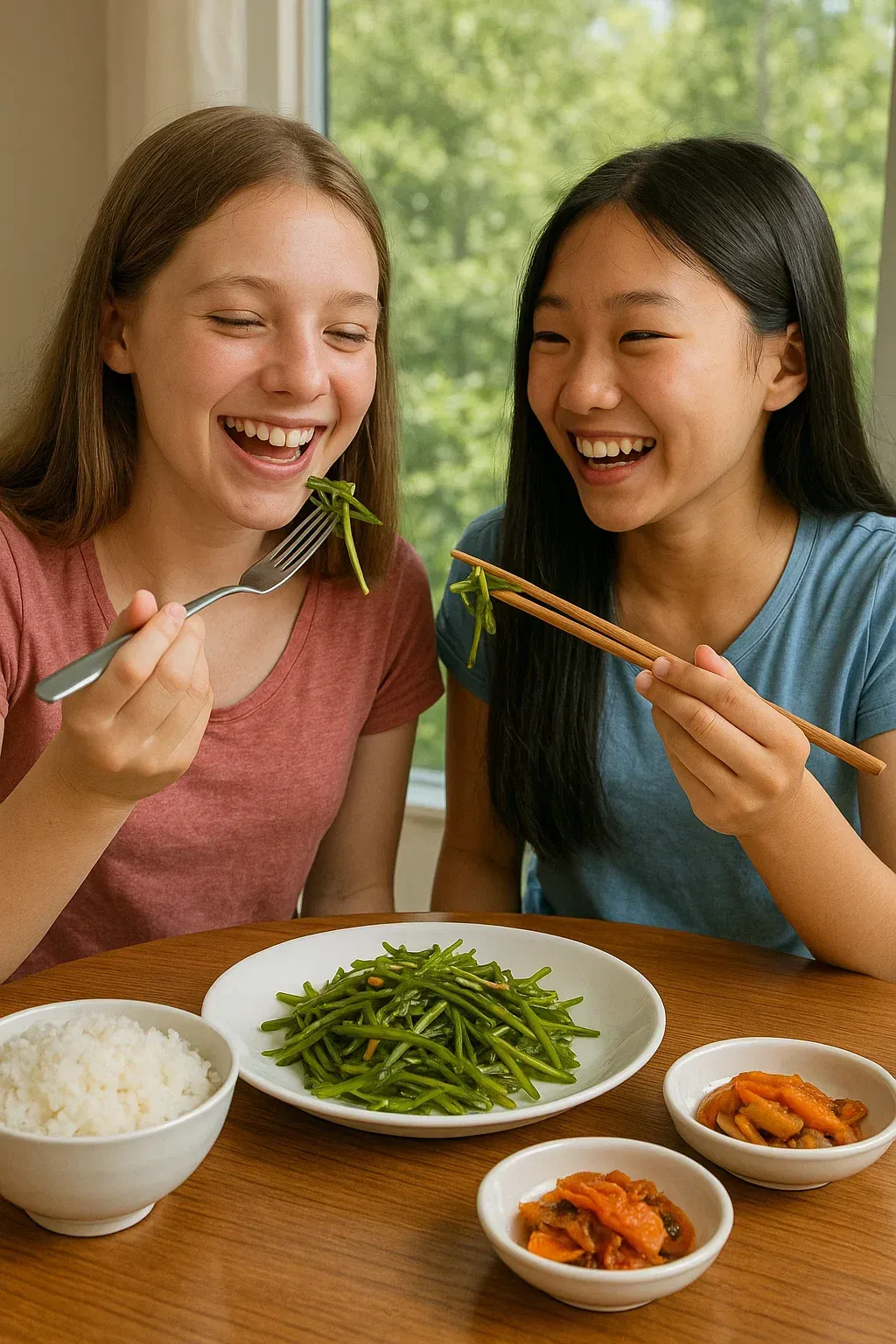
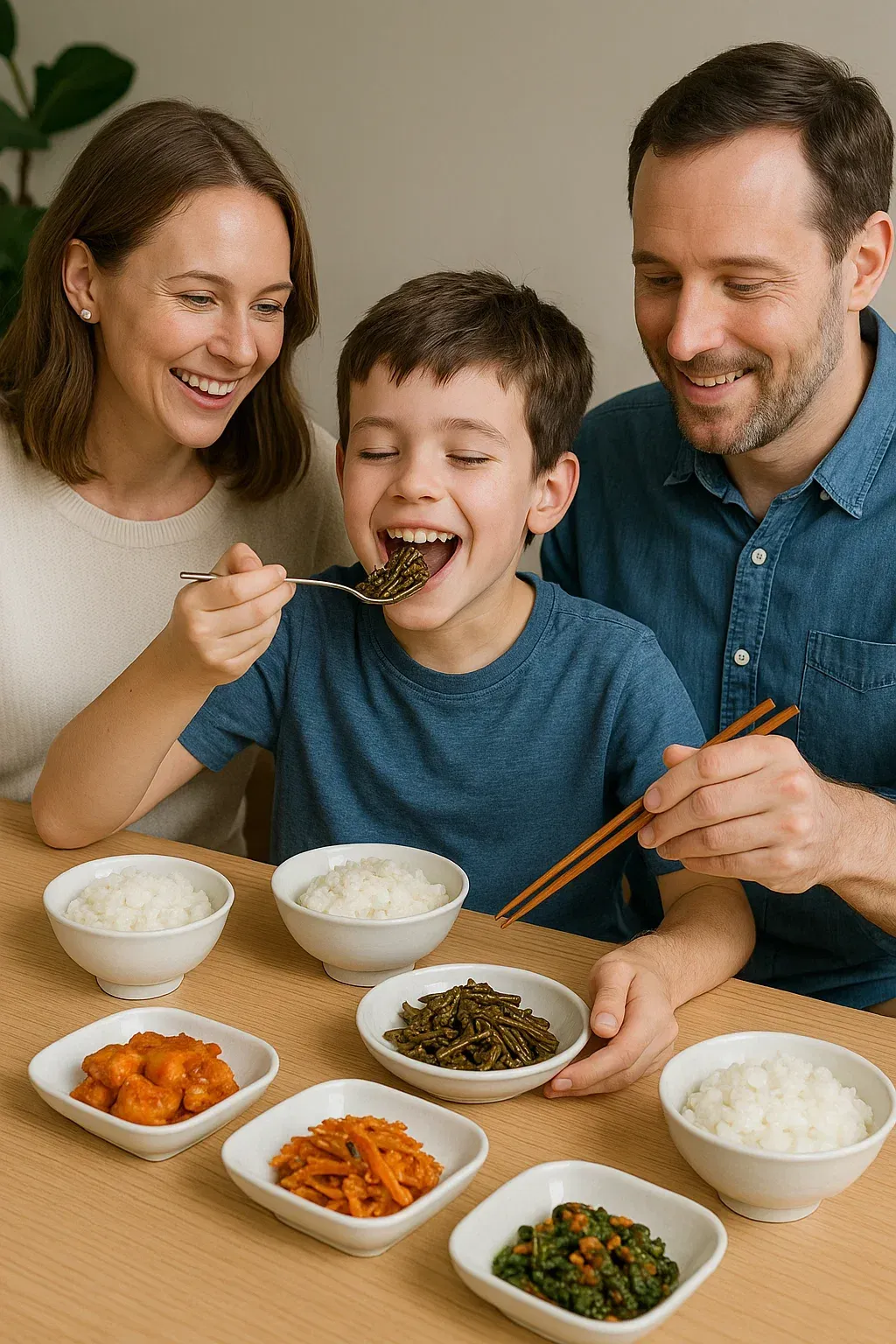
From Forest Floor to Functional Food: A Holistic Guide to Bracken Fern (고사리) in Traditional Medicine
